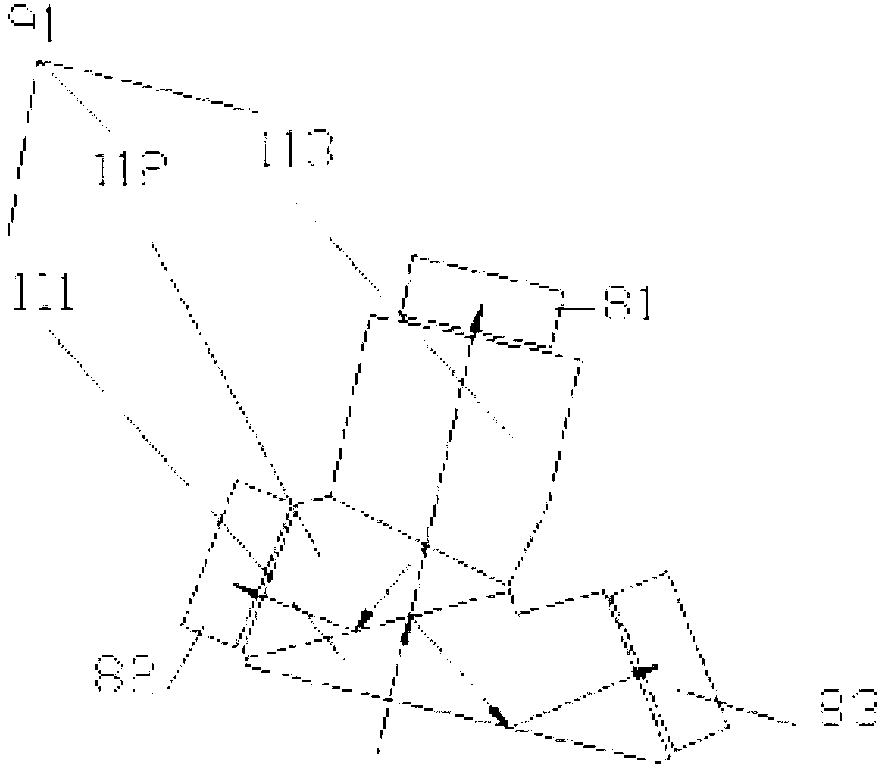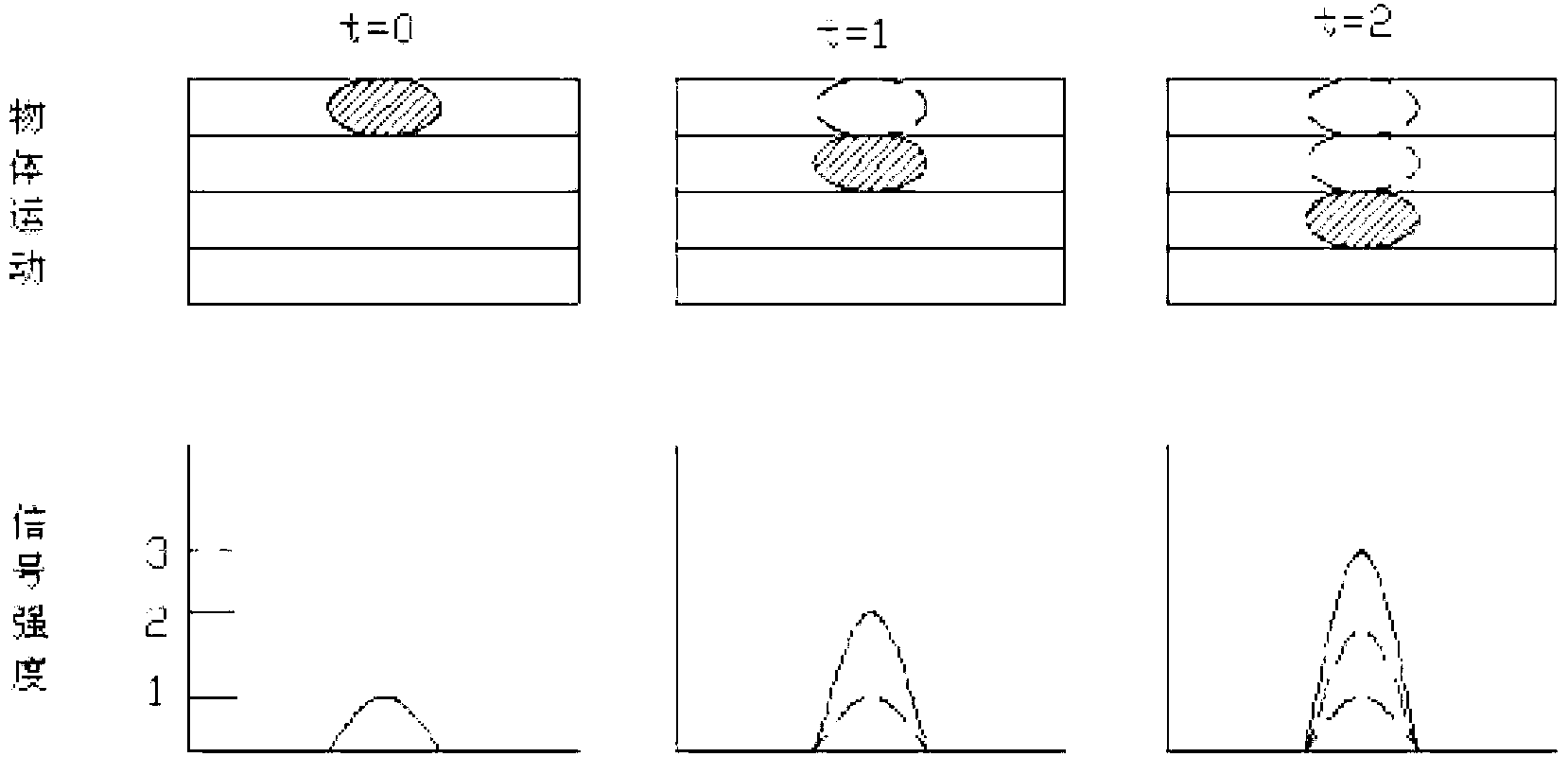Aflatoxin detecting and sorting apparatus
A kind of aflatoxin and sorting device technology, applied in the direction of material excitation analysis, fluorescence/phosphorescence, etc., can solve the problems of weak fluorescence signal and low recognition rate of online sorting, and achieve improved online recognition rate, high signal-to-noise ratio, The effect of high optical power
- Summary
- Abstract
- Description
- Claims
- Application Information
AI Technical Summary
Problems solved by technology
Method used
Image
Examples
no. 1 example
[0032] figure 1 A schematic diagram of the first embodiment of the aflatoxin online detection device provided by the present invention is shown. The aflatoxin detection and sorting device includes ultraviolet light sources 41-44, a material slideway 1, light collecting devices 51-52, imaging lenses 71-72, beam splitting prisms 91-92, and image sensors 81-86.
[0033] According to different structural requirements, different ultraviolet light sources can be selected. For example in figure 1 The ultraviolet light sources 41-44 used in the above are fluorescent tubes with a center wavelength of 365nm, and the wavelength band does not exceed 400nm. The ultraviolet light sources 41-44 are symmetrically distributed on both sides of the end of the material slideway 1 with the falling track of the material 2 as a symmetrical axis.
[0034] The above-mentioned ultraviolet light sources 41-44 may also be ultraviolet LEDs or ultraviolet lasers.
[0035] The light concentrating device...
no. 2 example
[0043] This patent application can also be according to the structural schematic diagram of another embodiment, as Figure 4 Another structure of aflatoxin detection and sorting device was designed. The difference between it and the above-mentioned first embodiment lies in the difference in the signal receiving mode. The front and rear sides of the material 2 respectively adopt an imaging lens and a three-line array TDI CCD image sensor to form a signal receiving device.
[0044] The ultraviolet light focused on the surface of the material excites the fluorescence of the material 2, and the fluorescence of the material 2 is received by the image sensors 121 and 122 after passing through the imaging lenses 71-72 located on the front and rear sides of the material 2, and the image sensors 121 and 122 are three-line array TDI CCD image sensor, the image sensor 121, 122 acquires the RGB value of an image in time division, and the final composite image reflects the fluorescent colo...
no. 3 example
[0047] Such as Figure 6 As shown, this patent application can also design another structure of aflatoxin detection and sorting device according to the structural principle of the third embodiment. The difference between it and the above-mentioned first embodiment lies in the difference in the way of signal reception, and the front and rear sides of the material 2 are respectively implemented by three imaging lenses and three image sensors. The three image sensors use a single-line array TDI CCD image sensor, and a filter is added between each imaging lens and the image sensor, and the three filters are band-pass filters with different center wavelengths.
[0048] For example, you can use Figure 6 In the manner shown, the fluorescent signals generated by material 2 such as peanuts are respectively received by the three imaging lenses 71-73 on the front side and the three imaging lenses 74-76 on the rear side, and the signals received by the three imaging lenses 71-73 on the ...
PUM
| Property | Measurement | Unit |
|---|---|---|
| Center wavelength | aaaaa | aaaaa |
| Sensitivity | aaaaa | aaaaa |
Abstract
Description
Claims
Application Information
 Login to View More
Login to View More - R&D
- Intellectual Property
- Life Sciences
- Materials
- Tech Scout
- Unparalleled Data Quality
- Higher Quality Content
- 60% Fewer Hallucinations
Browse by: Latest US Patents, China's latest patents, Technical Efficacy Thesaurus, Application Domain, Technology Topic, Popular Technical Reports.
© 2025 PatSnap. All rights reserved.Legal|Privacy policy|Modern Slavery Act Transparency Statement|Sitemap|About US| Contact US: help@patsnap.com



